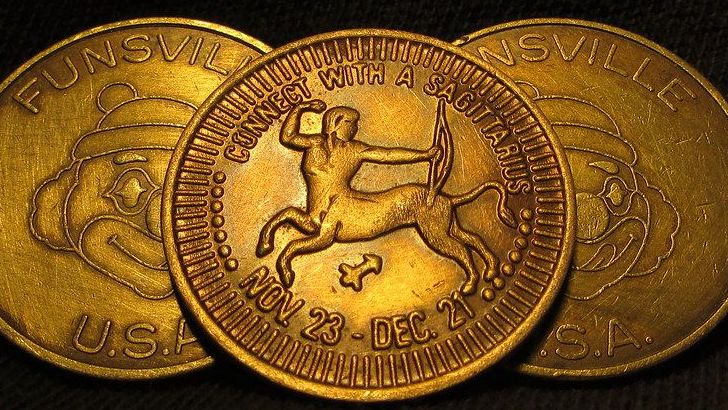America’s Secret Diamond Treasure Trove
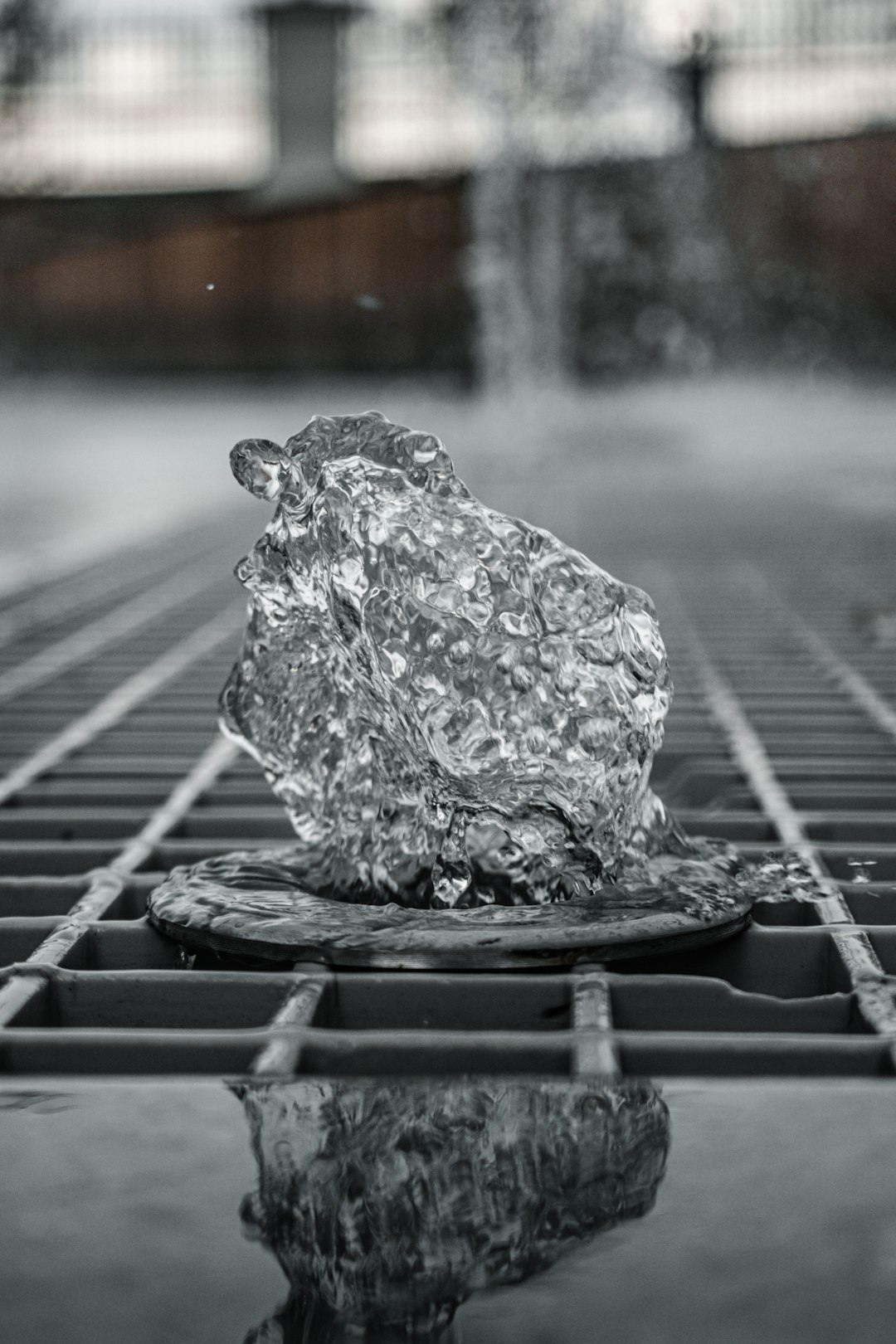
Deep in the Arkansas hills sits one of nature’s most extraordinary secrets—a place where ordinary people can literally dig up diamonds and walk away millionaires. The only place in the world where the public can search for real diamonds in their original volcanic source, Crater of Diamonds State Park defies every expectation you might have about finding precious gems. Unlike the exclusive diamond mines of Africa or the industrial operations of Canada, this Arkansas wonder operates on a simple philosophy: finders keepers.
What makes this place truly shocking isn’t just that you can hunt for diamonds—it’s that people actually find them. On average, two diamonds are found per day by park visitors, and since becoming a state park in 1972, more than 35,000 diamonds have been found by park visitors. The largest discovery remains mind-blowing: the 40.23-carat Uncle Sam, the largest diamond ever unearthed in the U.S.
The French Tourist’s Incredible Stroke of Luck
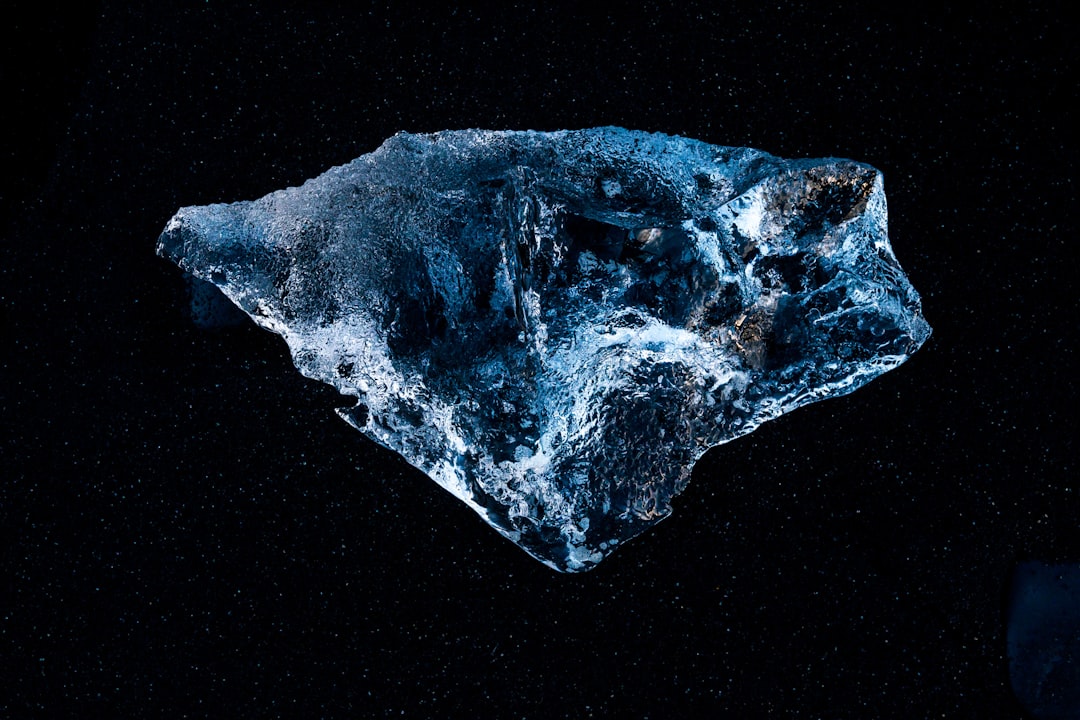
Julien Navas, who was visiting the US from France to see the launch of the first US moon landing mission in decades from Cape Canaveral, Florida, also ventured to New Orleans. During this trip, he learned about Arkansas’s famous diamond park. The park piqued his interest because he had previously panned for gold and searched for ammonite fossils. So he knew he had to visit the park while he was in the U.S. What happened next sounds like pure fiction.
On Thursday, January 11, Julien Navas, of Paris, France, visited Arkansas’ Crater of Diamonds State Park for the first time. While there, he found a 7.46-carat diamond on the surface of the park’s 37.5-acre search area. The discovery left him stunned, and when he learned that he had found a diamond, Navas was stunned and said, “I am so happy! All I can think about is telling my fiancée what I found.” The Carine Diamond is the eighth-largest diamond found in the Crater of Diamonds since it became a state park in 1972.
The Minnesota Man’s “Candy Wrapper” That Changed Everything
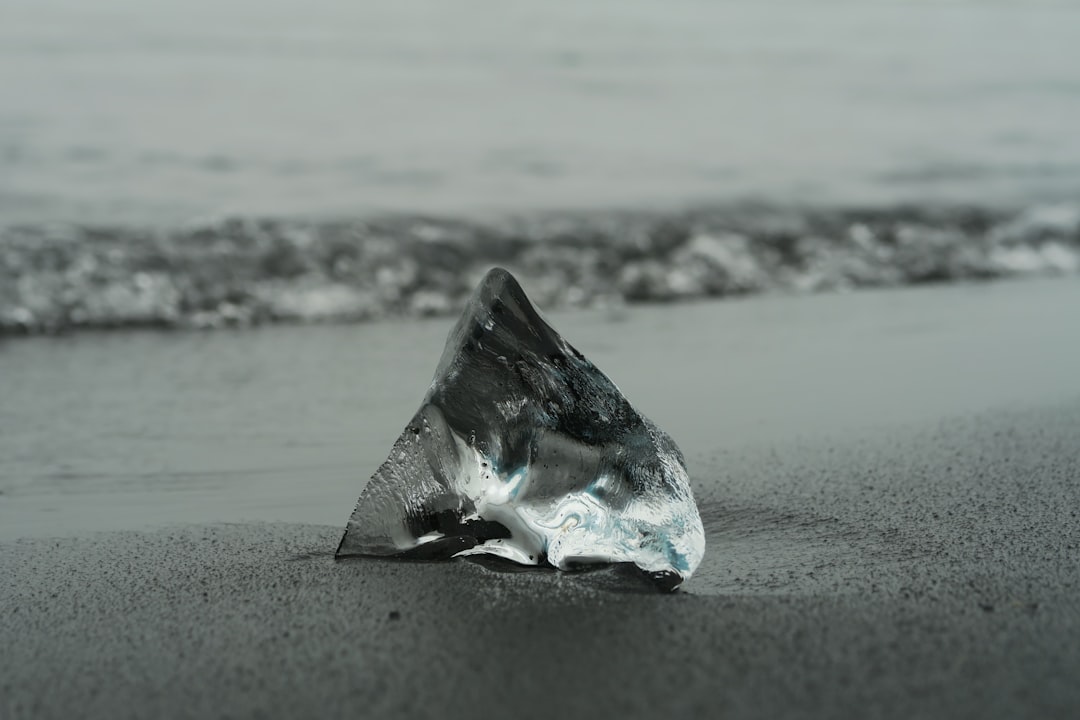
Sometimes the most valuable treasures hide in plain sight, masquerading as trash. Minnesota man David DeCook recently discovered a 3.81-carat brown diamond in Crater of Diamonds State Park in southwestern Arkansas, after initially seeing it and believing it to be a candy wrapper. DeCook, who has visited the park for years with his brother Derek, spotted the gem within an hour of entering the 37.5-acre diamond search area. He had walked down a hill south of the south wash pavilion when he noticed what he thought was a candy wrapper.
Its metallic glint gave it away. After calling over his brother with a hint of sibling rivalry—”Oh, you’re going to be mad once you see what I found!”—DeCook pocketed the treasure he found and brought it back a few days later for official registration. The Duke Diamond is the largest found at the park since the 7.46-carat Carine Diamond, found in January 2024 by French visitor Julien Navas.
The Volcanic Explosion That Created a Diamond Paradise
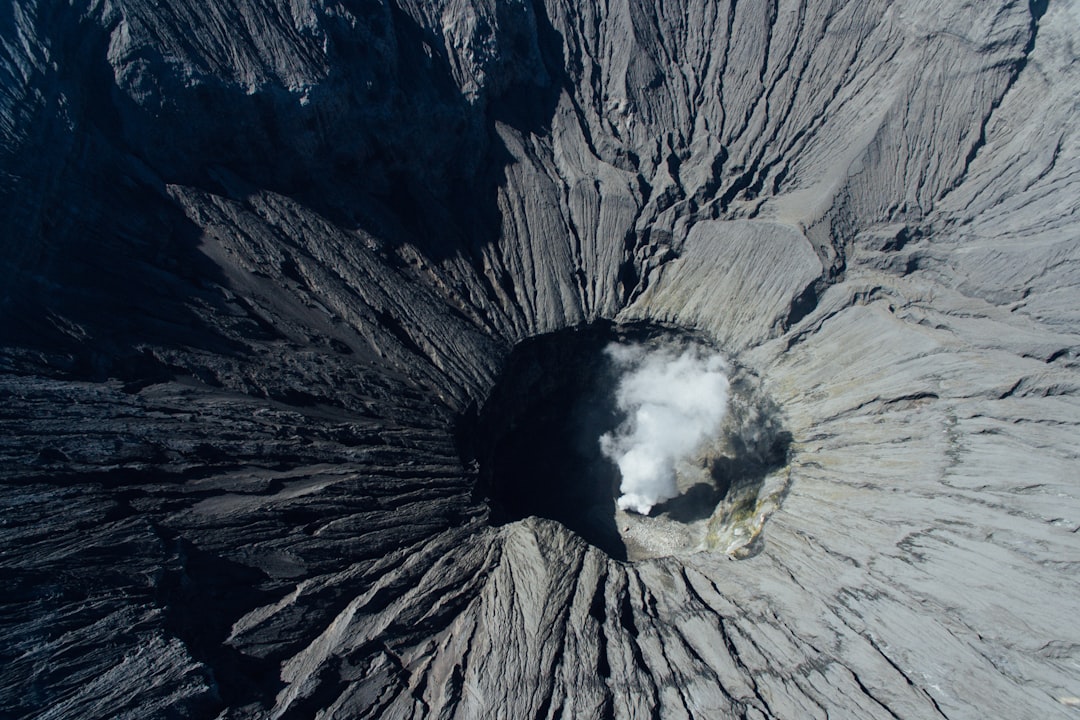
The story of Arkansas’s diamonds begins with violent destruction. The Crater of Diamonds is part of a 100-million-year-old eroded volcanic formation (a volcanic pipe). Picture this: Around 100 million years ago, the lazy southern coastline in what is now central Pike County, AR, suddenly exploded, creating a crater some 80 acres in size. This wasn’t just any ordinary eruption—it was a catastrophic event that would forever change the landscape.
About 100 million years ago a deep-source volcanic eruption occurred in this area, bringing material from the mantle rapidly up to the surface. The rising magma was rich in gases that expanded to thousands of times the volume that they occupied while under the enormous pressures at mantle depth. This rapid gas expansion produced an explosion as the magma approached the Earth’s surface. The force of this explosion created what geologists call a diatreme—a funnel-shaped crater that would become Arkansas’s diamond treasure chest.
Why These Diamonds Are Different From All Others
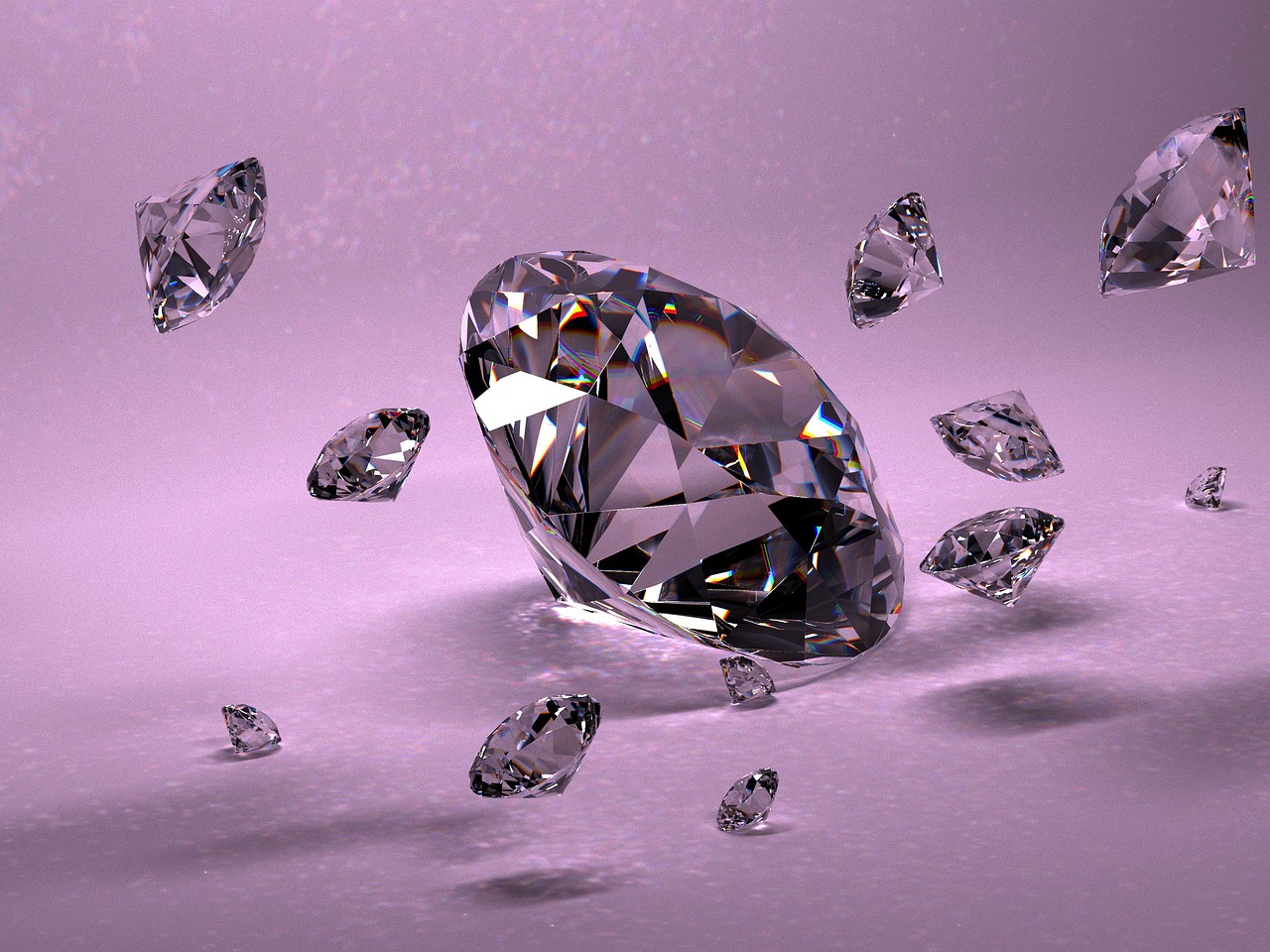
What makes Arkansas diamonds special isn’t just their accessibility—it’s their unique journey to the surface. The deeply sourced Kimberlite/Lamproite magma brought the diamonds to the surface. More than three billion years ago, diamonds formed 60 to 100 miles underground. About 100 million years ago, molten material called lamproite carried them to the surface through the Prairie Creek Diatreme.
Unlike diamonds found elsewhere, these gems come in distinctive colors and shapes. Diamonds found here come in white, brown, or yellow and are typically smooth and rounded rather than sharp-edged. They aren’t crystal-clear like glass but have a translucent quality. Diamonds come in all colors of the rainbow. The three colors found here at the park are white, brown, and yellow, in that order.
The Size Reality Check That Might Surprise You

Before you start planning your early retirement, here’s the reality about diamond sizes at Crater of Diamonds. Most are about the size of a paper match head, while a one-carat diamond is roughly the size of a green pea. The average size of a diamond is about the size of a paper match head, approximately 20-25 points weight. This means most finds won’t make you wealthy, but they’re still genuine diamonds with real value.
However, don’t let the small average size discourage you. On average, though, the finds are more to the tune of 0.2 carats—about the size of a match head—and 600 diamonds a year usually turn up. The park has produced some truly spectacular finds, including some real whoppers, like the 40.23-carat Uncle Sam, the largest diamond ever unearthed in the U.S.; the 16.37-carat Amarillo Starlight; and the 15.33-carat Star of Arkansas.
Your Treasure Hunting Arsenal: Tools and Techniques

Success at Crater of Diamonds depends heavily on using the right approach and equipment. There are three basic ways to search for diamonds, and we try them all. You can “surface search,” that is, walk slowly through the plowed rows, bent over and staring at the ground like you’re looking for lost jewelry—dirt and mud don’t stick to diamonds, and their luster catches the light from all angles.
Wet sifting – Digging a bucket of dirt from low-lying areas and using a screen set and water to sort gravel by size. This is the most labor-intensive method but also the most productive. You may bring your own mining equipment to search with (no battery-operated or motor-driven mining tools allowed), or rent tools from the park. The park provides washing stations and even offers free identification services for anything you find.
Weather: Your Secret Weapon for Diamond Hunting
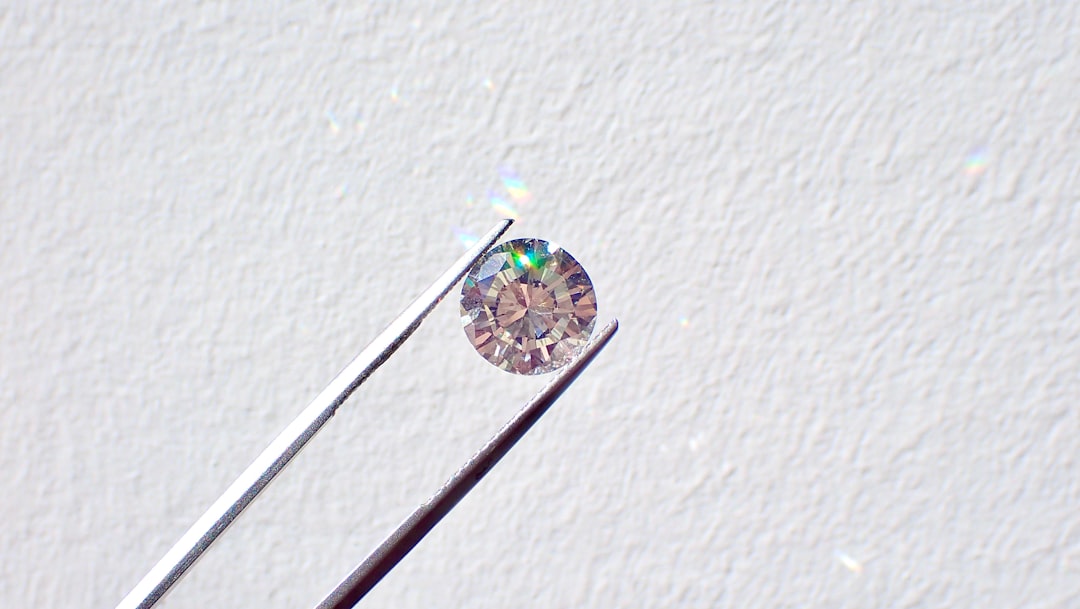
Timing your visit around weather patterns can dramatically improve your chances of success. The day before DeCook visited the park, there was nearly an inch of rain. The park saw more than 12 inches of rain during April. Assistant Park Superintendent Waymon Cox said these kinds of conditions increase surface finds like DeCook’s. Rain becomes a diamond hunter’s best friend because it washes away surface dirt and exposes heavier materials.
Many of the park’s largest diamonds are found on top of the ground,” said Assistant Park Superintendent Waymon Cox in a statement. “As rain falls in the search area, it washes away the dirt and uncovers heavy rocks, minerals, and diamonds near the surface.” This natural process essentially does part of the work for you, concentrating diamonds in areas where water naturally flows.
The Mind-Blowing Statistics You Need to Know
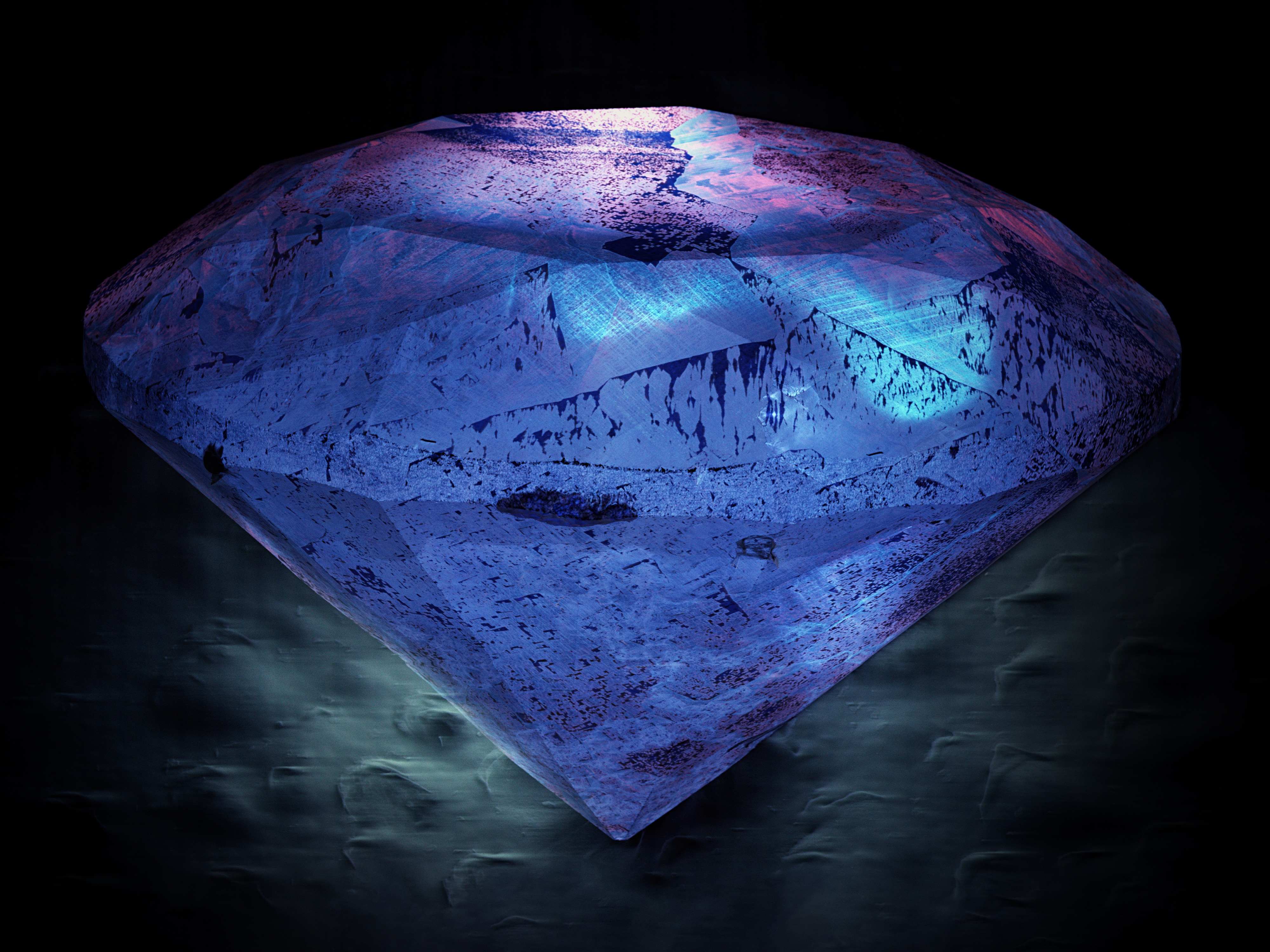
The numbers surrounding Crater of Diamonds State Park are absolutely staggering. Park officials said 548 diamonds, totaling over 82 carats, have been registered by guests this year, with one to two diamonds found daily. Park visitors find more than 600 diamonds each year of all colors and grades. These aren’t just tiny specks—they’re real, valuable diamonds that people take home and keep forever.
Since the park’s establishment, the treasure hunt has produced remarkable results. In total, over 75,000 diamonds have been unearthed at the Crater of Diamonds since the first diamonds were discovered in 1906 by John Huddleston, a farmer who owned the land long before it became an Arkansas State Park in 1972. As of recent counts, park staff have registered 220 diamonds in 2025, weighing more than 32 carats total. Five registered diamonds have weighed more than one carat each.
The Farmer’s Discovery That Started It All
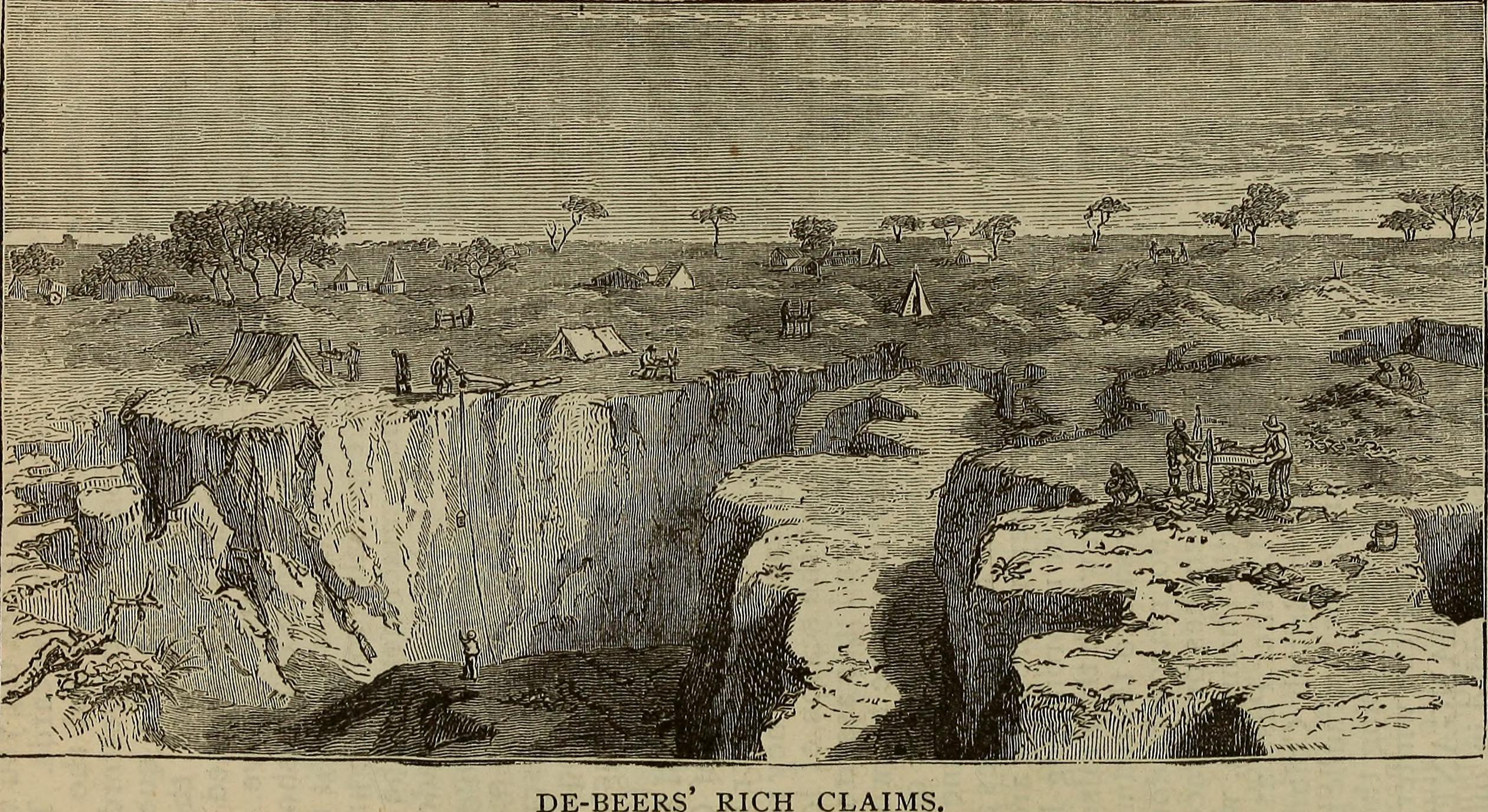
The entire Arkansas diamond story began with a farmer’s curiosity and two mysterious rocks. In August 1906, John Huddleston found two strange crystals on the surface of his 243-acre farm near Murfreesboro, Arkansas. Diamonds were first discovered at this location in 1906 when John Huddlestone found two strange crystals in the soil of his farm. He didn’t realize that his farm was right above a volcanic pipe filled with lamproite (a volcanic rock formed from partially melted mantle materials which sometimes contains diamond-bearing rocks known as xenoliths that have been transported up from the mantle). Huddlestone suspected that his crystals might be diamonds and took them to a local jeweler for assessment.
Word of the discovery leaked out and a “diamond rush” began. Soon thousands of people descended upon the Murfreesboro area; however, the Huddlestone farm and immediately adjacent land was the only location with promise of becoming a diamond mine. This discovery would eventually lead to multiple failed commercial mining attempts before the state of Arkansas purchased the land in 1972.
What You’ll Actually Experience on the Ground
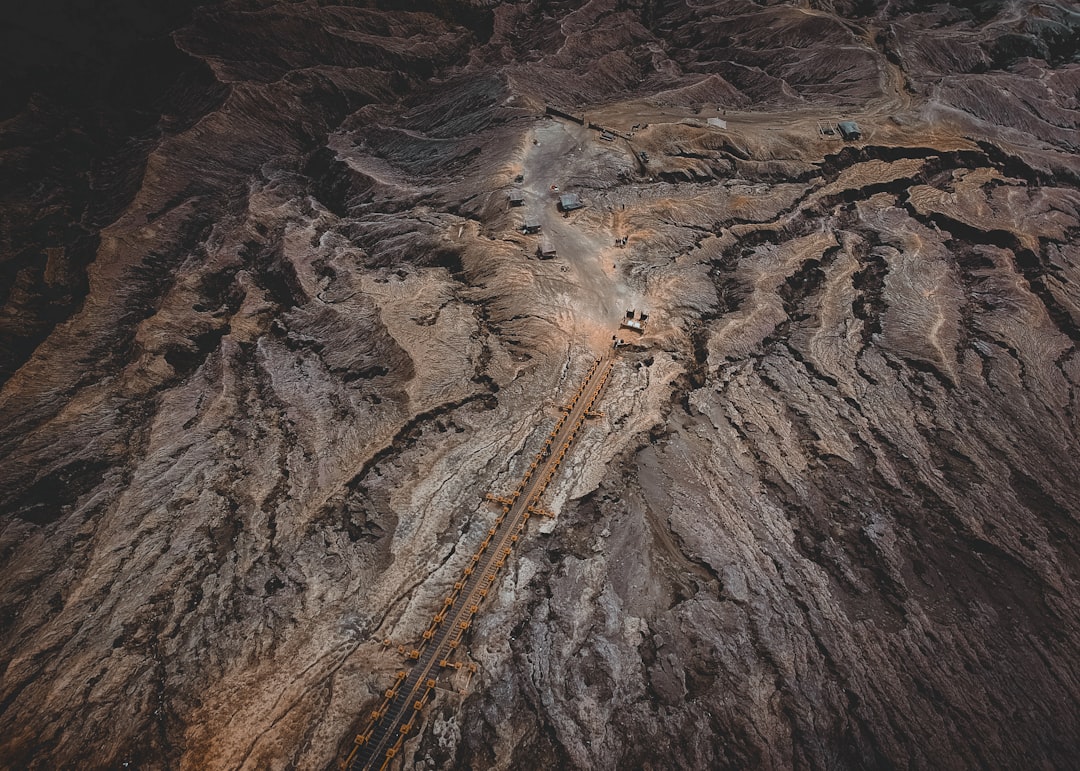
Walking into Crater of Diamonds State Park feels surprisingly ordinary at first glance. When I pulled up, I expected something a little more… flashy? Instead, it’s a big open field of dirt, but that’s the point. This 37-acre plowed field sits on an ancient volcanic crater, and real diamonds are in that dirt. The parking lot of Crater of Diamonds State Park in Murfreesboro, Arkansas, is enough to tell you there’s something interesting going on here. A glance around reveals Wisconsin, Colorado, Florida, Iowa, Missouri, Cherokee Nation, and Texas tags. The far-flung visitors have all converged in this tiny town for one reason: They hope to find diamonds.
The reality of diamond hunting involves getting dirty, sweaty, and potentially disappointed. Since diamond seekers need to dig around in the dirt, comfortable clothing is a necessity. Expect to get muddy, dusty and wet in your search. Shoes that can be easily washed are a good idea, along with a wide-brimmed hat to protect from sunburn. Yet despite the physical demands, thousands of visitors return year after year, drawn by the possibility of that life-changing discovery.
The Science Behind This Geological Marvel
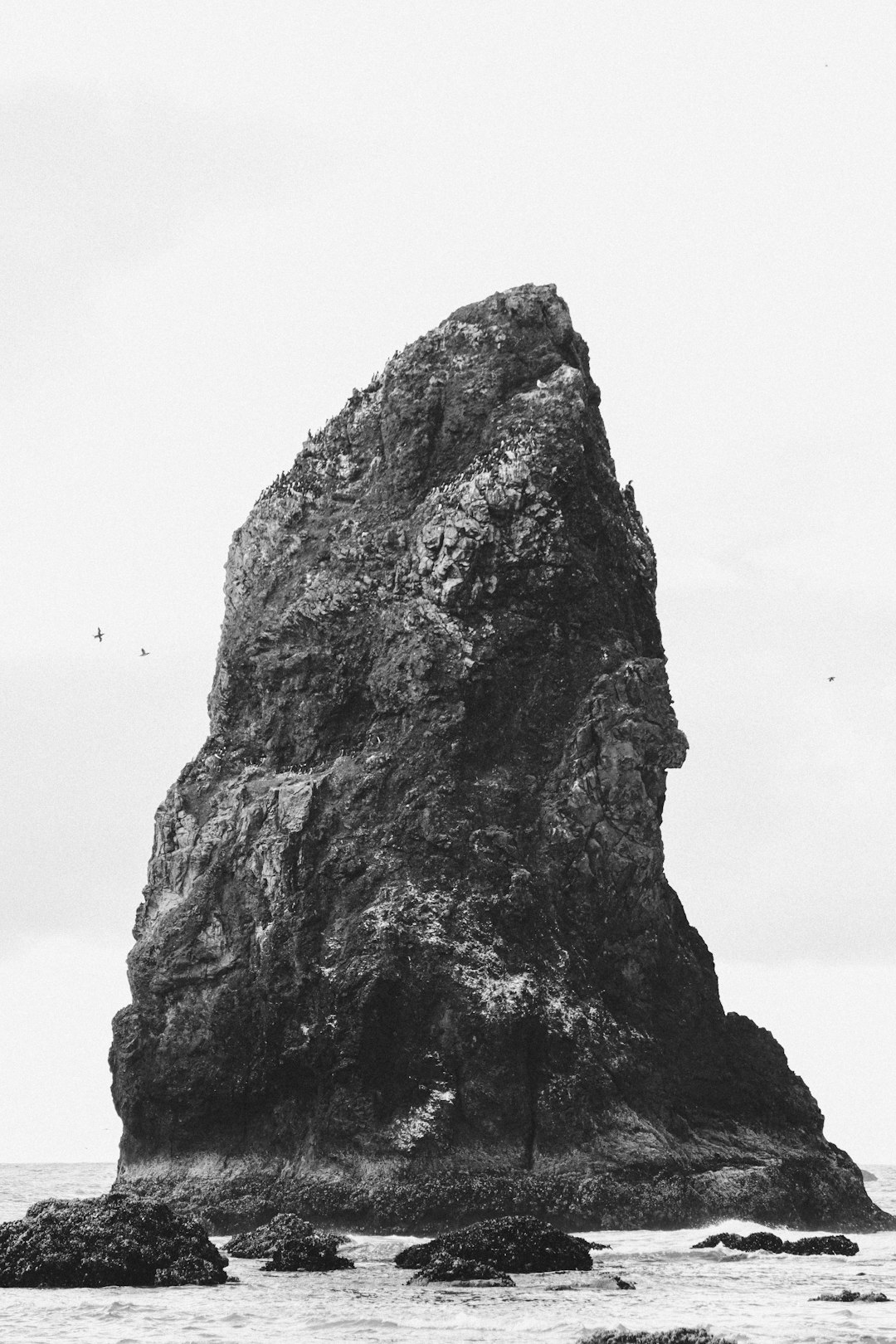
Understanding the geological forces that created this diamond paradise adds another layer of fascination to your treasure hunt. Lamproite is the volcanic material that erupted from the park’s diamond-bearing pipe around 100 million years ago. Four types of lamproite can be found at the park today, but not all are diamond-bearing. Knowing where each type of lamproite is found can provide insight into the park’s fascinating geological history.
Breccia tuff is the most common type of lamproite, found throughout the park’s diamond search area. This material appeared during the first explosive eruption from this volcanic pipe, carrying diamonds along with it. Today it appears as a brittle dark brown or black rock, often with yellow or white spots of weathered olivine, a crystal commonly found in lamproite. This scientific knowledge isn’t just academic—it can actually help guide your search strategy.
Recent Record-Breaking Discoveries
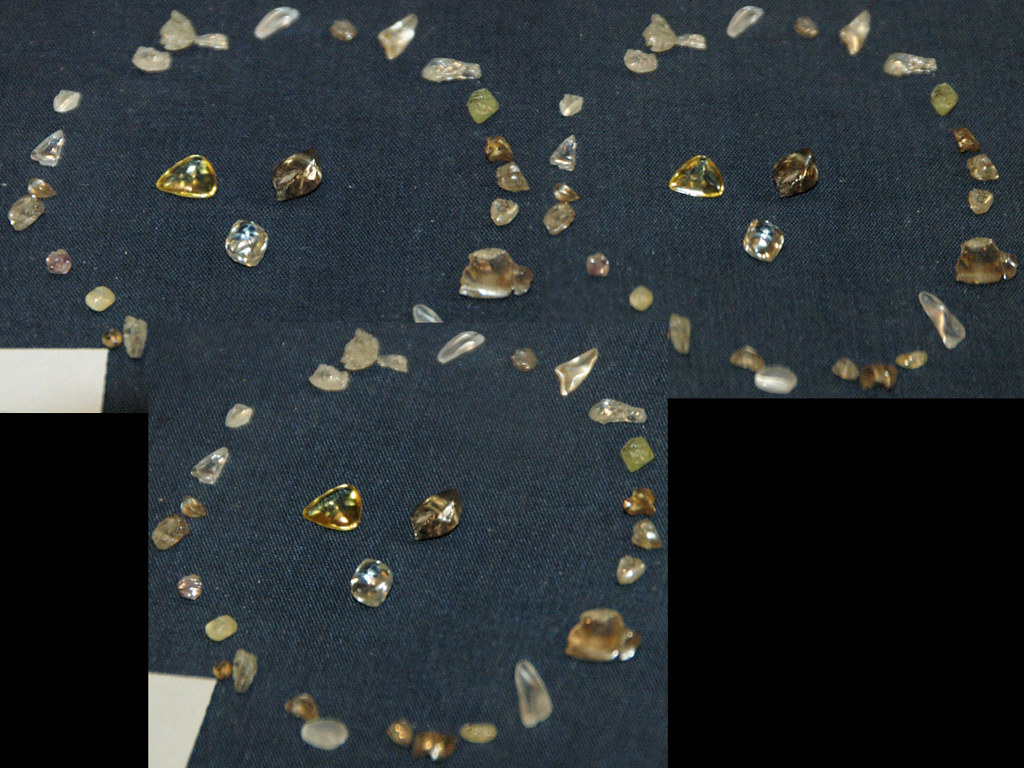
The year 2024 brought some of the most exciting diamond discoveries in recent park history. A visitor at Arkansas’ Crater of Diamonds State Park discovered a 2.30-carat white diamond in the park’s 37.5-acre search area, marking the second-largest find of 2024 and the third diamond over two carats found this year. These recent finds prove that the park continues to produce significant diamonds, keeping hope alive for every visitor who picks up a shovel.
The most spectacular recent discovery belongs to that French tourist whose story reads like a fairytale. The Carine Diamond is the fifth diamond registered at Crater of Diamonds State Park in 2024. It is the largest diamond registered at the park since 2020, when Kevin Kinard found the 9.07-carat Kinard Friendship Diamond over Labor Day Weekend. It is the eighth-largest diamond registered since the Crater of Diamonds became an Arkansas State Park in 1972. These discoveries continue to fuel dreams and draw visitors from around the world to this unique Arkansas destination.
The magic of Arkansas’s Crater of Diamonds State Park lies not just in the possibility of striking it rich, but in the democratic nature of the hunt itself. Here, a farmer from Minnesota and a tourist from France have equal chances of uncovering life-changing treasures hidden in plain sight. Whether you find a fortune or just memories, you’ll leave knowing you experienced something truly unique—the only place on Earth where diamonds are yours for the digging.




